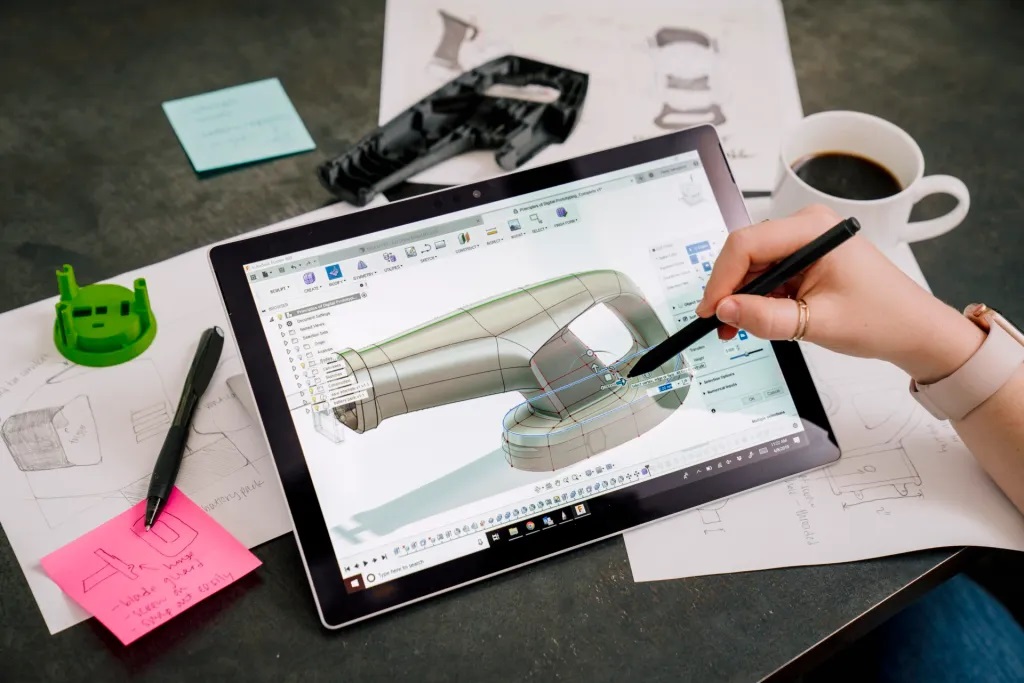
Unlike standard hinges, torque hinges use friction to resist motion and hold their position. They are designed to withstand the force applied to them and help keep a door or lid open, in place, and not accidentally close. These hinges can also be configured with a one-way or centralized torque and come in different models. These hinges have a knuckle or barrel design with circular rolled “barrels” where the hinge pin is inserted.
Increased Lifespan
Unlike traditional hinges, torque hinges use friction to provide resistance. This feature helps your doors, panels, or display devices stay open and in their desired position. It eliminates the need for secondary supports or extra components to hold these elements in place and provides a smoother and more user-friendly experience. Torque hinges can be configured to provide constant torque or free-stop functionality. Constant torque hinges deliver the same friction throughout the entire opening/closing arc, enabling your flaps or covers to stop in any position. This eliminates the need for a stopper and ensures your door or panel stays open until you want it to close. Similarly, free-stop hinges allow your lids or panels to stop at any angle. This prevents them from slamming shut and reduces the risk of property damage and injuries caused by unexpected closures. This improved safety also helps to minimize liability risks for commercial and industrial applications.
Increased Durability
Some types of hinges are capable of sustaining more pressure than others. It’s essential to consider the weight and dimensions of an object that will be mounted on a hinge so you can determine its rated torque level and choose the most appropriate model. Torque hinges are available in various models, specifications, and features. Some include soft-close, which prevents doors, lids, and panels from slamming shut from an opened position. They can also be designed to keep a door, panel, or other component open at any angle, making them ideal for applications like medical equipment displays. Other hinges can be adjusted during manufacturing to match specific weight-bearing requirements. For example, counterbalance hinges can make an 80-lb door feel lighter by distributing force across multiple torsion bars, cams, and rollers. This helps designers meet customer demand for thinner, more lightweight frames that conserve fuel and energy. It can also reduce costs by eliminating the need for secondary supports to hold the hinged panel.
Reduced Maintenance
Whether it’s a slamming tray table on an airplane or the shifting position of a touch screen monitor at a checkout counter, each time a person moves a hinged device, they are fundamentally exerting force and experiencing a distinctive tactile experience. Using a wide range of hinge options that can vary the energy required for opening, positioning, and closing offers industrial designers new tools to create unique, user-specific touchpoint experiences in their products. For example, a constant torque hinge allows a flap or cover to be opened and held open with minimal effort yet remain in the same position when closed. This eliminates the need for additional components like gas struts or springs while reducing overall product weight.
Enhanced Safety
Torque hinges work usefully to hold doors, lids, or access panels open or closed at a user’s preferred angle. They prevent slamming and jiggling in a way that could damage equipment or cause injury to a person using the hinge. Some torque hinge models feature a soft-close function that reduces the possibility of shutting doors, cabinets, or flaps too quickly. Other models feature a free-stop process that locks in place to prevent a door or flap from opening or closing inadvertently.



